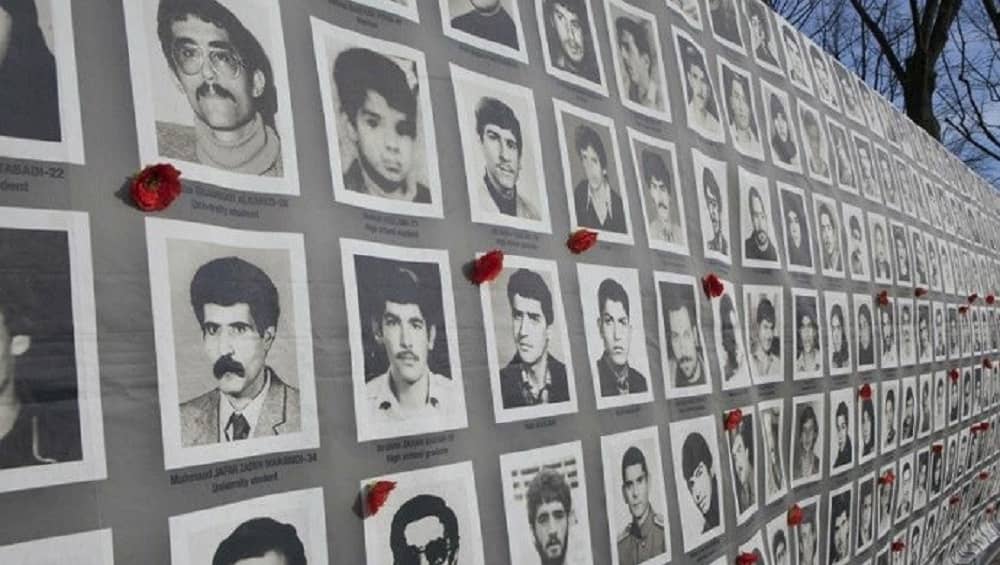
Abdolreza Shahab Shokouhi, the witness, was a former political prisoner and a member of the Rah-e Kargar (Workers’ Path) Organization.
On Thursday, April 7, the 84th session of Hamid Nouri’s trial, in which he is accused of participating in the mass execution of political prisoners in the summer of 1988, began. Abdolreza Shahab Shokouhi, the witness, was a former political prisoner and a member of the Rah-e Kargar (Workers’ Path) Organization. During the reign of Mohammad Reza Shah, he was arrested for the first time at the age of 15. He was arrested for the second time after the 1979 revolution in Qom in 1981 and sentenced to death, but he managed to flee in 1983 while on temporary leave.
The witness was transferred to Evin Prison after his third arrest, where he was handcuffed and forced to stand straight for eleven nights in a row. He was sentenced to death for the second time two years later in an Evin Prison court presided over by Judge Hossein-Ali Nayeri. He learned that his brother had been executed while he was there. The death sentence of the witness was later reduced to 15 years in prison.
Abdolreza Shahab Shokouhi testified that he learned about the massacre’s start through the Morse code on July 27, 1988. He confirmed hearing then-regime president Ali Akbar Rafsanjani’s and later chief justice Abdol Karim Mousavi Ardabili’s Friday prayer sermons, in which the regime’s supporters chanted slogans like “Death to the Hypocrites,” a derogatory term used by the regime to refer to the MEK. These slogans were broadcast over loudspeakers in the prison. Following the incident, he claimed that the television was removed from the ward and that the newspaper was no longer delivered. He also confirmed that family visits were halted in Gohardasht prison in August 1988.

the regime’s supporters chanted slogans like “Death to the Hypocrites,” a derogatory term used by the regime to refer to the MEK. These slogans were broadcast over loudspeakers in the prison.
Shokouhi claims he was taken to the ‘Death Commission,’ where he claimed he does not pray or believe in God. After leaving the room, he was whipped fifty times and led to a dark corridor, which he later discovered to be an amphitheater.
He saw some slippers and clothes on the floor and six ropes hanging from the ceiling through his blindfold. That day, the witness was taken to a locked room. He told the judges that he went to the window when he heard a truck and some people talking in the courtyard. He noticed people wearing white coveralls, as if they were chemical safety coveralls, throwing bags and blankets into the truck.

Shokouhi claims he was taken to the ‘Death Commission,’ where he claimed he does not pray or believe in God.
The next day, Shokouhi appeared in front of the ‘Death Commission’ once more. The witness explained how he avoided execution by “accepting to obey society’s laws if he was released.” He was beaten so badly after leaving the commission, along with a few others, that he broke his ribs.
A Revolutionary Guard escorted him to ‘Haj Agha Abbasi,’ according to the witness. Abbasi was the same person he’d met before being blindfolded for the court – for example, when the TV was removed from the ward – but no one had ever introduced him. He was informed by Abbasi that he would be sent to Evin Prison. The witness claimed that Abbasi’s smile stayed with him to this day.
MEK Iran (follow us on Twitter and Facebook), Maryam Rajavi’s on her site, Twitter & Facebook, NCRI (Twitter & Facebook), and People’s Mojahedin Organization of Iran – MEK IRAN – YouTub

